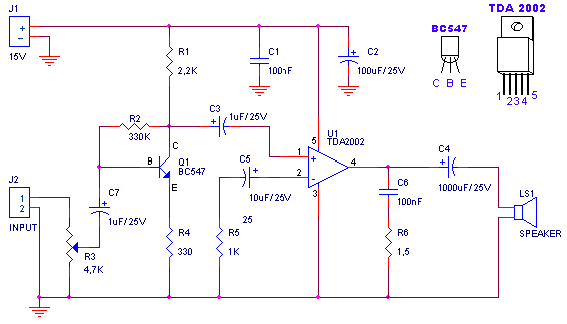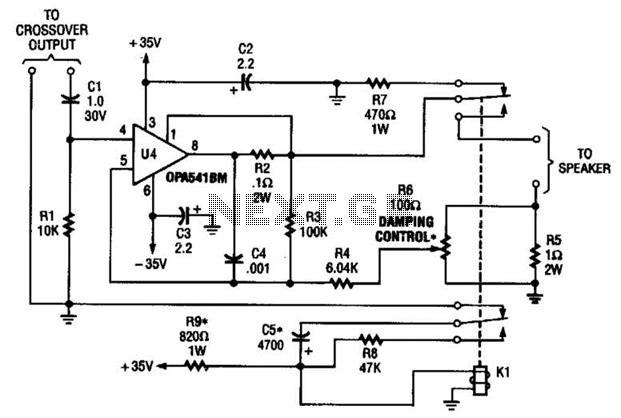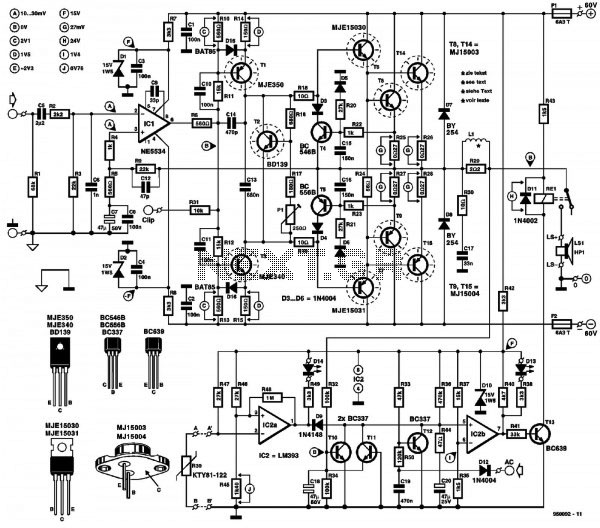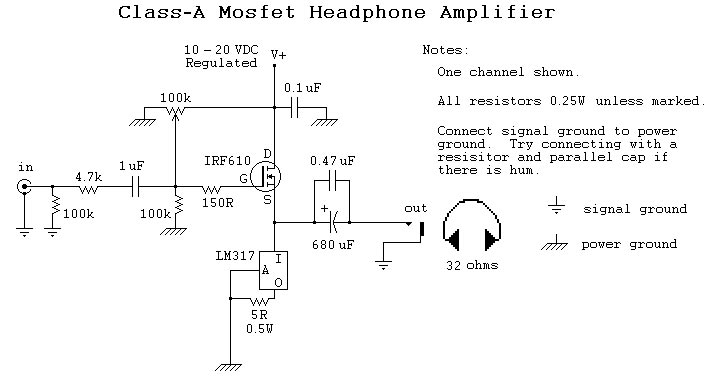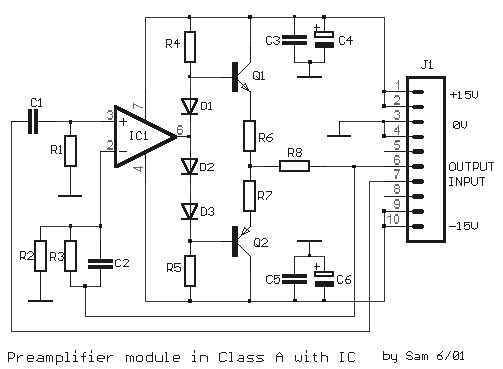
Emitter-coupled differential amplifier
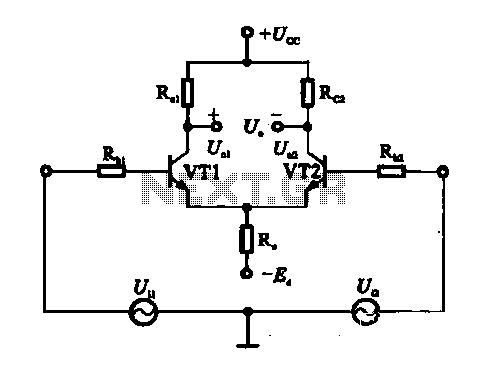
An emitter-coupled differential amplifier circuit is designed to suppress zero drift through circuit symmetry. The effectiveness of zero drift suppression improves with better symmetry; however, in practice, achieving complete symmetry is not feasible. Consequently, the basic differential amplifier circuit faces significant limitations in suppressing zero drift. A modification involves connecting the emitter resistor in the basic amplifier circuit in a specific manner, as illustrated in the accompanying figure. This configuration allows for the elimination of two bias resistors, Rb12 and Rb22, due to the use of a dual DC power supply. A brief overview of the operational principles follows.
The emitter-coupled differential amplifier is a critical component in analog signal processing, providing high gain and excellent common-mode rejection. The circuit typically consists of two transistors configured in a differential arrangement, where the emitters are connected together and biased with a common resistor. This configuration allows for the amplification of the difference between the input signals while minimizing the amplification of any common signals, effectively reducing noise and interference.
The zero drift phenomenon can significantly impact the performance of precision amplifiers. In an ideal scenario, the circuit would maintain perfect symmetry, thus ensuring that any offset voltages introduced by the transistors would cancel each other out. However, real-world components exhibit variations in characteristics, leading to unavoidable imbalances. The design modification mentioned involves the strategic placement of the emitter resistor to enhance the overall symmetry of the circuit, which in turn helps to mitigate zero drift effects.
By employing a dual DC power supply, the circuit can eliminate the need for additional biasing resistors. This simplification not only reduces component count but also minimizes potential sources of error and instability within the circuit. The specific configuration allows for a more straightforward design while maintaining the desired performance metrics.
In summary, the emitter-coupled differential amplifier serves as an essential tool in high-precision applications, where signal integrity is paramount. The design considerations taken to address zero drift and enhance symmetry directly contribute to the reliability and accuracy of the amplifier's output, making it suitable for various electronic applications.Emitter-coupled differential amplifier (1) emitter-coupled differential amplifier circuit in the base of the differential amplifier circuit is by symmetry of the circuit to sup press the zero drift, the better the symmetry, the inhibitory effect of zero drift good. But in fact the circuit can not be completely symmetrical, so that the basic differential amplifier circuit for zero drift suppression to be subject to greater restrictions. Change into the way is the basic amplifier circuit emitter resistor connected to a roll, as shown in FIG.
Has been able to save two bias resistor Rb12 and Rb22, because a dual DC power supply. Below is a brief description of how it works.
The emitter-coupled differential amplifier is a critical component in analog signal processing, providing high gain and excellent common-mode rejection. The circuit typically consists of two transistors configured in a differential arrangement, where the emitters are connected together and biased with a common resistor. This configuration allows for the amplification of the difference between the input signals while minimizing the amplification of any common signals, effectively reducing noise and interference.
The zero drift phenomenon can significantly impact the performance of precision amplifiers. In an ideal scenario, the circuit would maintain perfect symmetry, thus ensuring that any offset voltages introduced by the transistors would cancel each other out. However, real-world components exhibit variations in characteristics, leading to unavoidable imbalances. The design modification mentioned involves the strategic placement of the emitter resistor to enhance the overall symmetry of the circuit, which in turn helps to mitigate zero drift effects.
By employing a dual DC power supply, the circuit can eliminate the need for additional biasing resistors. This simplification not only reduces component count but also minimizes potential sources of error and instability within the circuit. The specific configuration allows for a more straightforward design while maintaining the desired performance metrics.
In summary, the emitter-coupled differential amplifier serves as an essential tool in high-precision applications, where signal integrity is paramount. The design considerations taken to address zero drift and enhance symmetry directly contribute to the reliability and accuracy of the amplifier's output, making it suitable for various electronic applications.Emitter-coupled differential amplifier (1) emitter-coupled differential amplifier circuit in the base of the differential amplifier circuit is by symmetry of the circuit to sup press the zero drift, the better the symmetry, the inhibitory effect of zero drift good. But in fact the circuit can not be completely symmetrical, so that the basic differential amplifier circuit for zero drift suppression to be subject to greater restrictions. Change into the way is the basic amplifier circuit emitter resistor connected to a roll, as shown in FIG.
Has been able to save two bias resistor Rb12 and Rb22, because a dual DC power supply. Below is a brief description of how it works.
